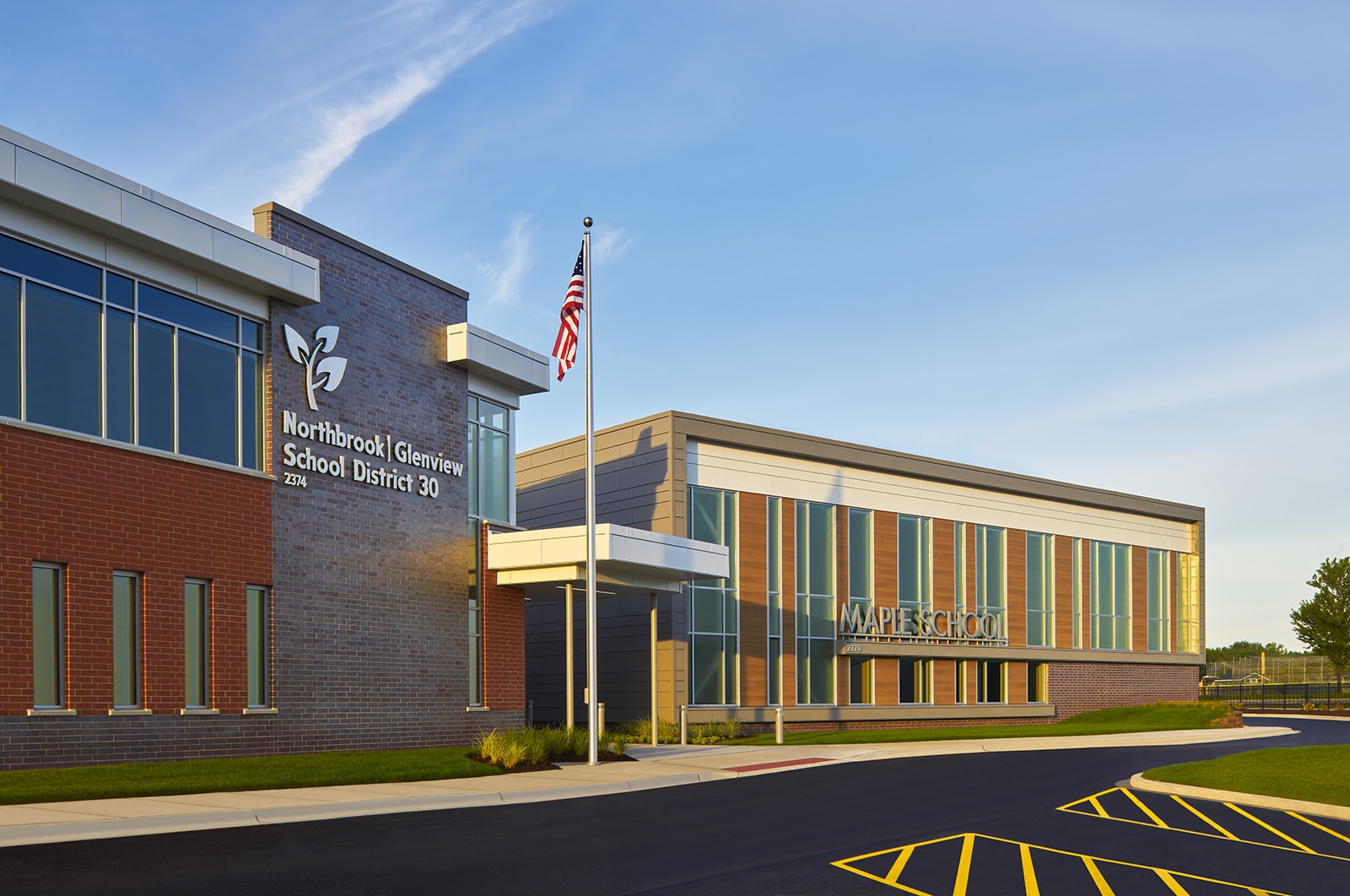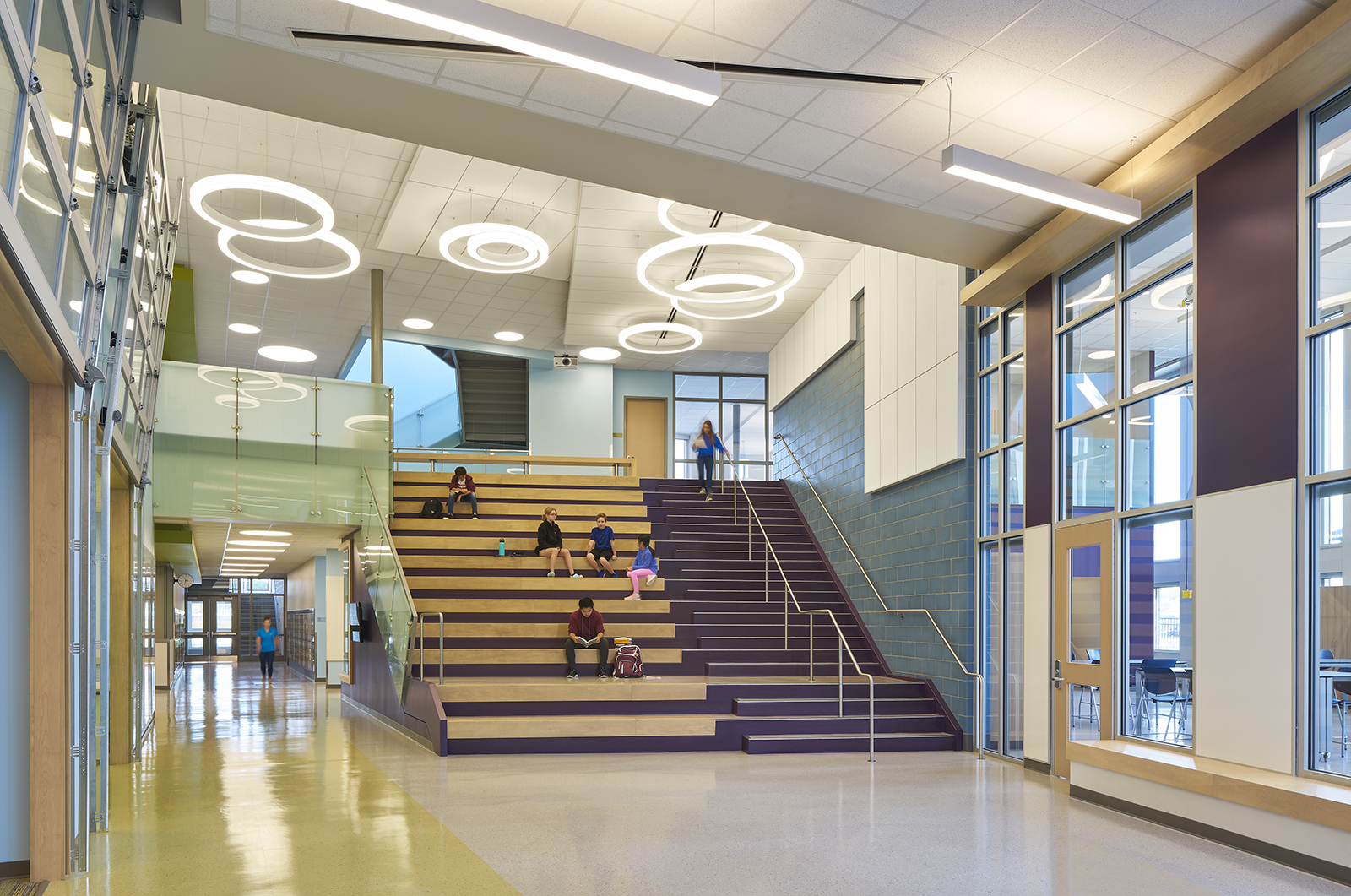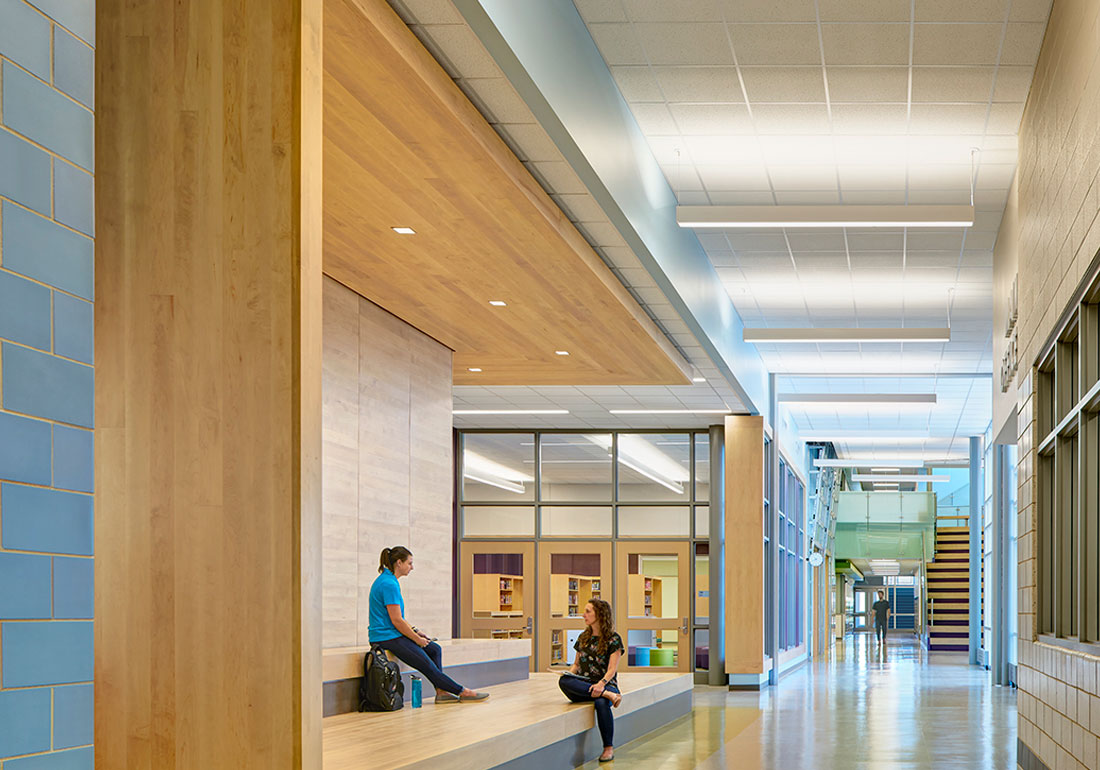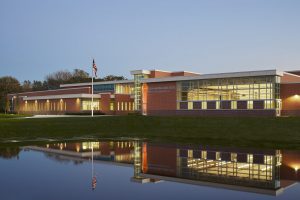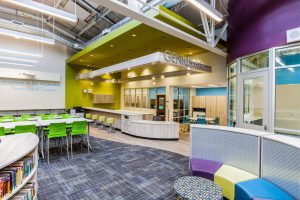Harnessing a Community’s Vision
An inclusive and intense discovery process included parent interviews, building tours, classroom immersion, along with student and faculty design workshops. Using the design drivers identified — Invitation/Curiosity. Exploration/Expedition. Transparency/Celebratory Learning Spaces. Playfulness — we generated multiple district-wide planning options focused on the Northbrook/Glenview School District 30’s vision for their facilities as amplifiers of learning.
A Community Task Force was created to thoroughly vet the resulting planning options, testing each against the design drivers, the community’s sustainability values, existing infrastructure needs, and funding limits. A Long Range Master Facility Plan included the replacement of the existing middle school, along with other projects.
We always enjoy supporting districts with planning, referendum services, and community engagement. The Northbrook SD 30 community overwhelmingly supported the passing of a referendum for a new middle school with a 76% yes vote.
Flexibility & Learning Spaces
Clear circulation informs an understanding of public-to-private space needs, and a shifting separation of noisy and quiet zones that may vary throughout the day. Organized along a string of highly flexible spaces, the new middle school is an amplifier of learning with a focus on the idea that the individual learner thrives in a variety of flexible settings. Design drivers identified through the master planning process are on display throughout the new building and site. These design drivers include: Invitation/Curiosity, Exploration/Expedition, Transparency/Celebratory Learning Spaces, and Playfulness.
At the heart of the building, a group of specialty spaces are connected to each other with glass garage doors, large glass openings, and expanses of writable surfaces, with a learning stair at the focal point of the Library, Applied Technology, STEM, Art, small group spaces, and grade level entries. Each grade level is planned as a community with general classrooms, a flexible science room, student support spaces, and a teacher planning room grouped around a grade level teaming space / living room.
The school engages the outdoors as a learning asset in several ways. Grade level wings wrap a 3-sided science courtyard, with direct access from science labs. Family and Consumer Sciences, the Cafeteria, and the Library, each open onto a south facing, sun screened patio available during lunch, available as an opportunity to read a book outdoors under a tree, and with growing beds supporting a reimagined FACS curriculum. A culinary component connects the outdoor growing beds, FACS, and the Cafeteria with a focus on healthy eating choices. An outside bouldering and rope course will be added in the future as an extension of the Fitness and PE program.
Prominent in its response to the design drivers is an elevated stage opening on one side to the cafeteria, and on the other side to the main entry lobby with a pair of large sliding wood barn doors. The stage is envisioned as the opposite of a leftover, underused space that so often collects storage, but rather, an extremely flexible space that can easily shift from performance venue to professional development room, to book fair spill-over from the adjacent library, to dance practice room, to conference room.
District Office
A small district office building is displaced by the construction of the new middle school. The design of the new building accommodates a replacement district office on it’s second floor, easily accessed through the main entry of the building and building reception area. The district office’s proximity to the heart of the new building allows for the library, stage, and reception spaces to double as district Board of Education meeting space, large conference room, and district reception, reducing the total number of spaces that needed to be replaced.

